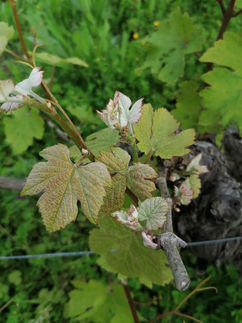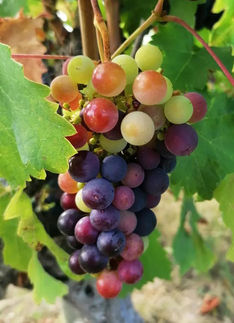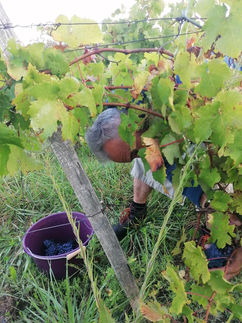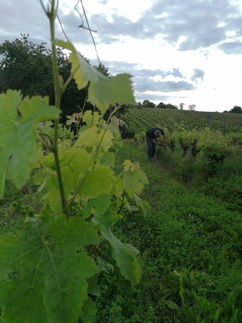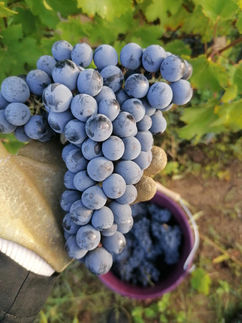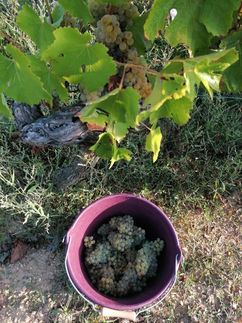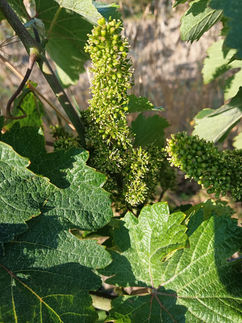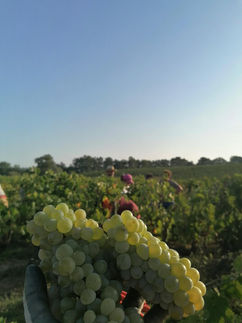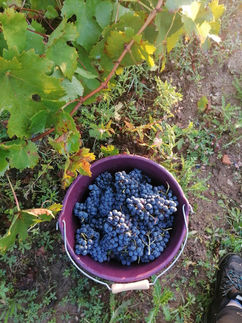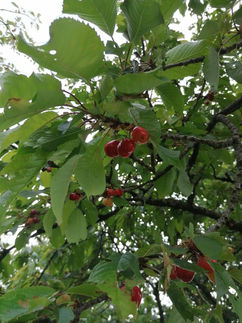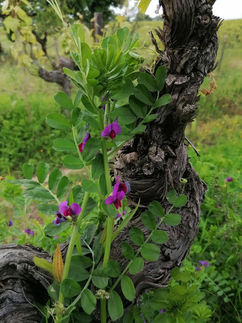top of page
Vineyards know-how
Pruning
Pruning is the beginning of the year in the vineyard. It can be done as early as the beginning of winter. This is why it is called winter pruning. It determines grape production, but also the longevity of the vine. It requires careful attention for each vine, as they are all different. Pruning that is too short will promote the vigor of the vine, to the detriment of grape ripening. Pruning that is too long will result in an overload of grapes, which will not reach maturity. Green pruning, also called thinning, can be done at the beginning of summer. It allows the removal of certain grape-bearing branches to prevent crowding, and promotes sunlight and space for others.
Ploughing
At the end of winter, once pruning is complete, as the vegetation awakens, it is time to move on to tillage. The mechanical hiller removes the grass and weeds at the base of each vine. The few clumps of persistent grass are removed with a pickaxe. Regular maintenance throughout spring and early summer is carried out using mechanical tools, which break up the weeds that grow back in every other row. This maintenance loosens the soil. Before winter, it's time to hill up. This involves bringing soil from the middle of the row to the base of each vine, in preparation for future hilling.
Treatments
To fight diseases or fungus, only sulfur and copper sulfate are used as sprays, in minimal doses. Bordeaux mixture is currently the only truly effective phytosanitary method against organisms that can destroy a harvest.
Training
Training allows the grape-bearing shoots to grow straight. It also allows for spreading the trees, preventing the grapes from crowding, and thus limiting the risk of infection. Once properly trained, the grapes will be better exposed to sunlight and will therefore be able to ripen without any risk.
Harvest
This is undoubtedly the best time of year. The moment when everything is at stake, when we are rewarded for all the efforts made throughout the year. The Chenin Blanc grapes are picked first. They are so ripe that they are neither too acidic nor too sweet. The perfect balance. The Cabernet Franc grapes are picked a little later. This gives them time to ripen sufficiently to reveal their full aromas.
bottom of page


